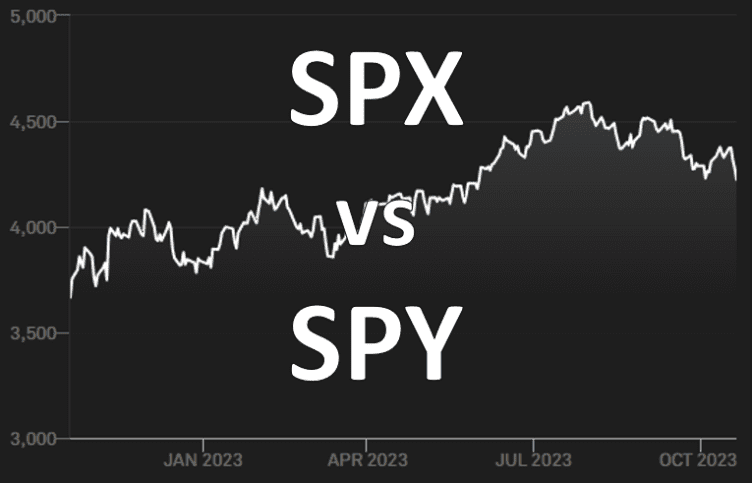Diversification is a risk management strategy that involves spreading investments across various financial instruments, industries, and other categories to reduce exposure to any single asset or risk. The primary aim of diversification is to lower the volatility of the portfolio by offsetting losses from some investments with gains in others. It’s essentially the investment equivalent of not putting all your eggs in one basket. Diversification is important because it can help to stabilize returns and protect your portfolio from significant losses. By investing in a mix of assets that are not perfectly correlated, you can smooth out the ups and downs in your portfolio, potentially leading to more consistent returns over time.
For instance, if you invest all your money in a single stock, your financial future is tied to the fortunes of that one company. If the company does well, your investment grows, but if the company faces a downturn, your investment can suffer. Diversification helps you avoid this scenario by spreading your investments across a range of different assets.
The Role of Diversification in Risk Management
Diversification plays a pivotal role in managing investment risk. By investing in a variety of assets, you reduce the potential damage to your portfolio if one investment performs poorly. This is because losses from one investment can be offset by gains in others.
A classic example of this is the 2008 financial crisis. Investors who had diversified portfolios, including assets like bonds and commodities alongside stocks, were better able to weather the storm than those who were heavily invested in the stock market alone.
Why is Diversification Important in Your Investment Portfolio?
Diversification is a crucial component of any investment strategy for several reasons. Firstly, it can help to stabilize your returns. While all investments come with some level of risk, diversification can help to smooth out the volatility in your portfolio, leading to more consistent returns over time.
Secondly, diversification can help you to achieve a balance between risk and return. Different asset classes have different risk profiles and potential returns. By diversifying your portfolio, you can tailor it to your personal risk tolerance and financial goals.
A Harvard Business School study found that diversified portfolios performed better over the long term than non-diversified portfolios, further underscoring the importance of this strategy.
How to Implement Diversification in Your Investment Portfolio
Implementing diversification in your investment portfolio involves more than just buying a variety of different stocks. It’s about balancing investments across different asset classes, sectors, and even geographical regions. Here are some steps to guide you:
Remember, diversification is not a one-time task — it’s an ongoing process. As market conditions change, you may need to rebalance your portfolio to maintain your desired level of diversification. Choosing a broker with decent portfolio management tools will help you understand how diversified your portfolio is.
Diversification Strategies
There are several strategies you can use to diversify your portfolio. Here are a few to consider:
Remember, the goal of diversification is not necessarily to boost performance—though it can help—but rather to balance risk and return in line with your investment goals and risk tolerance.
Common Mistakes in Portfolio Diversification
While diversification is a powerful strategy, it’s not without its pitfalls. Here are some common mistakes investors make when diversifying their portfolios:
An Example of a Diversified Portfolio
To illustrate the concept of diversification, consider the following example of a diversified portfolio:
This portfolio is diversified in several ways. It’s spread across different asset classes (stocks, bonds, and alternative investments). Within each asset class, it’s further diversified. The stocks portion, for example, is spread across different sectors and geographical regions. This diversification helps to balance risk and potential return.
Wrapping Up
Diversification is a key strategy that can help you manage risk and potentially enhance returns in your investment portfolio. By spreading your investments across a variety of assets, sectors, and geographical regions, you can create a balanced portfolio that aligns with your risk tolerance and investment goals.
However, it’s important to remember that while diversification can help reduce risk, it doesn’t eliminate it entirely. It’s always important to thoroughly research any investment and consider seeking advice from a financial advisor.
Investing is a journey, and diversification is one of the tools that can help you navigate the ups and downs of the market. So, take the time to review your investment portfolio, consider your diversification strategy, and make any necessary adjustments.
Remember, diversification is not a one-time task—it’s an ongoing process. As market conditions change, you may need to rebalance your portfolio to maintain your desired level of diversification.



